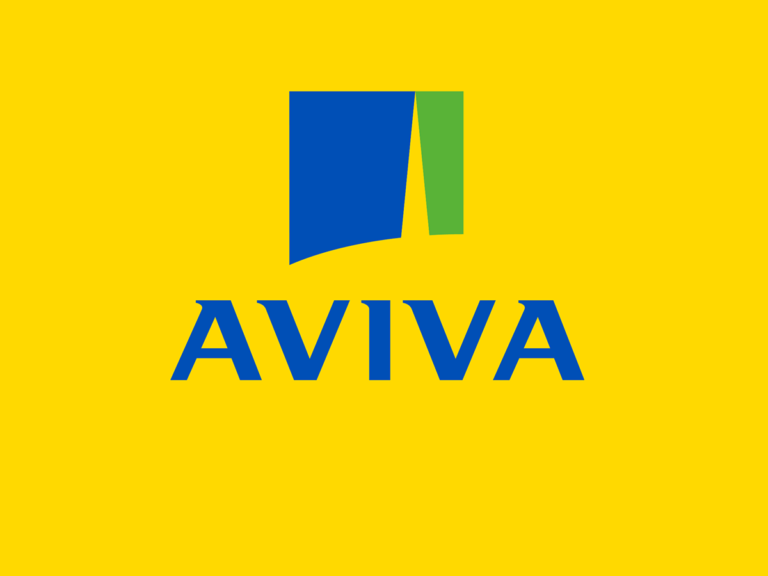Title Page
-
Date
-
Completed by
-
Location
-
To view our Loss Prevention Standard that supports this checklist, please view the following link: https://broker.aviva.co.uk/documents/view/aviva_control_and_management_of_combustible_waste_materials_lps.pdf
Control and Management of Combustible Waste Materials
-
1. Has a waste risk assessment been completed which identifies the different types of waste produced, including the quantities?
-
2. Has the type of waste been classified (in accordance with WM3)?
-
3. Is there any hazardous waste and have staff been trained on the risks and how to handle and store the waste correctly?
-
4. Has the business appointed an overall waste manager responsible for completing a waste plan, controlling and managing the waste on site?
-
5. Has the business completed a waste plan with the licensed waste contractor, and is the location where the waste contractor will finally dispose of your waste known and recorded?
-
6. Are waste transfer notes/consignment notes completed for each type of waste with copies held on site for at least 2 years?
-
7. Is your waste contractor registered to dispose of your waste, including any hazardous materials?
-
8. If hazardous waste is present has a DSEAR assessment been completed and any recommendations implemented?
-
9. Has spillage containment and clean-up plans been prepared, and have the plans been tested?
-
10. Has a suitable area of the site been designated for the storage of all combustible waste materials?
-
11. Is the waste in containers and skips clearly identified and is it segregated from other stored goods?
-
12. Are the correct hazard warning and 'No Smoking' signs installed?
-
13. Is non-hazardous waste kept separate from hazardous waste (this includes segregating hazardous waste from other types of hazardous waste)?
-
14. Is waste kept in metal non-combustible containers fitted with self-closing metal lids that are secured and locked when not in use?
-
15. Are precautions in place and additional collections arranged to prevent waste bins and containers being over-filled and over¬spilling?
-
16. Are additional collections arranged and precautions in place to ensure all waste bins and containers are left empty prior to shut down or holiday periods?
-
17. Are waste bins and containers stored clear of fire escape doors/exit routes and fire points/hydrants?
-
18. Is the waste stored in areas free from potential ignition sources such as: heaters, electrical distribution boards, battery charging units, engines, exhausts/ducts, machinery or plant or where hot surfaces may exist?
-
19. Is all waste removed from the building at the end of each shift or at the end of the day's work to a designated external remote storage area?
-
20. If applicable, is the waste store room constructed of at least 2-hour fire resistance fitted with 2-hour self-closing fire doors that are secured and locked when not in use, having spillage containment?
-
21. Is automatic fire detection installed to storage areas/rooms?
-
22. Does the waste room have automatic fire suppression/sprinklers installed?
-
23. Does the hazardous storage area have additional high and low-level ventilation direct to the outside, and are immediate external areas clear of potential ignition sources?
-
24. Are all storage areas located on a hard concrete standing clear of any surface water gullies and drains?
-
25. Are LPG/gas cylinders secured by chains in the upright position, segregated to keep full and empty cylinders away from each other, and are they suitably identified as such?
-
26. Are differing types of gas stored separately and spatially separated by at least 3 metres between cages?
-
27. Are LPG/gas cylinder numbers kept to a minimum with empty cylinders regularly collected?
-
28. Is the storage of acetylene prohibited?
-
29. Are external bulk waste material storage areas more than 10 metres from buildings and are they clear of trees, vegetation, and potential ignition sources?
-
30. Are bulk waste material storage areas secured and protected from unauthorised entry, particularly when the site is not operational?
-
31. Are mobile waste containers locked into position when the site is closed to prevent unauthorised movement?
Sign Off
-
Additional Comments
-
Completed by (Name and Signature)














